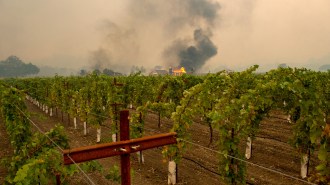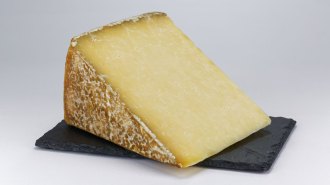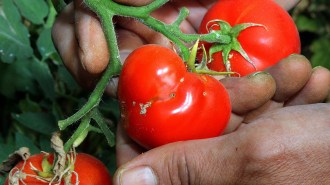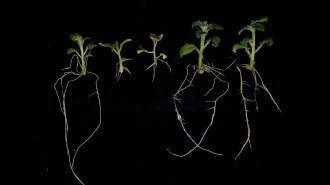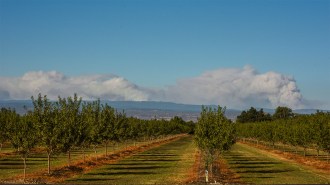Network Antennas — Yum!

Their data could home in on what processes contribute most to erosion — perhaps the shear stress from surface rain runoff, the rate of downpour, or even the moisture level in the soil. Not knowing when the rains might come, Johnson’s team sited a network of sensors at vulnerable spots throughout the ranch and then went home. Wireless sensors would broadcast their every-two-minute findings to a base station. It, in turn, would relay their data over the internet to computers. Additional sensors store their data until research teams can periodically retrieve them.
What Johnson’s team hadn’t bargained on was how appealing their wireless sensors would prove to be with rangeland cattle that graze the area. “All of my antennas have been chewed on by cows at some time,” he reported Friday at the Environmental Sensing Networks workshop, convened at JohnsHopkinsUniversity.
The cattle aren’t actually ingesting the antennas, just gnawing on them. In some cases, he said, “they actually bent the rebar and snapped off the tops of antennas.” Amusement? The bovine equivalent of a toothpick? Retribution for the annoying infiltration of these alien high-tech boxes in their previously pastoral landscape? One can envision all kinds of reasons for this behavior.
But Johnson. more interested in safeguarding his equipment than in bovine psychology, is currently investigating an organic solution. He’s sheathing his antennas with superhot habanero chilis and crossing his fingers that these animals are not immune to the peppers’ fiery bite.
